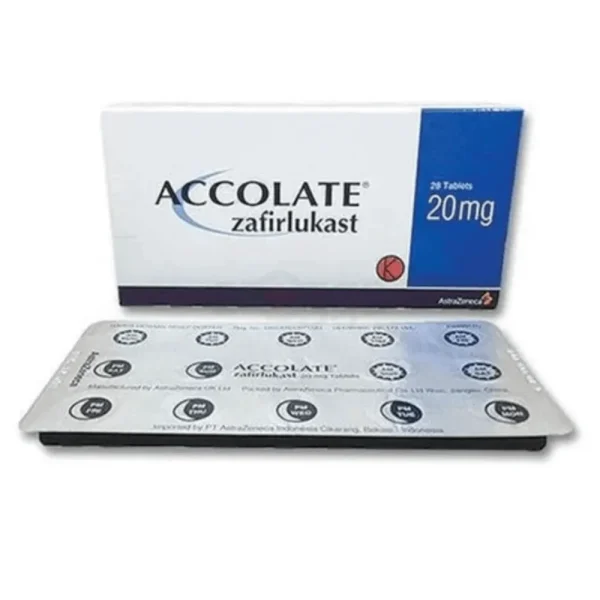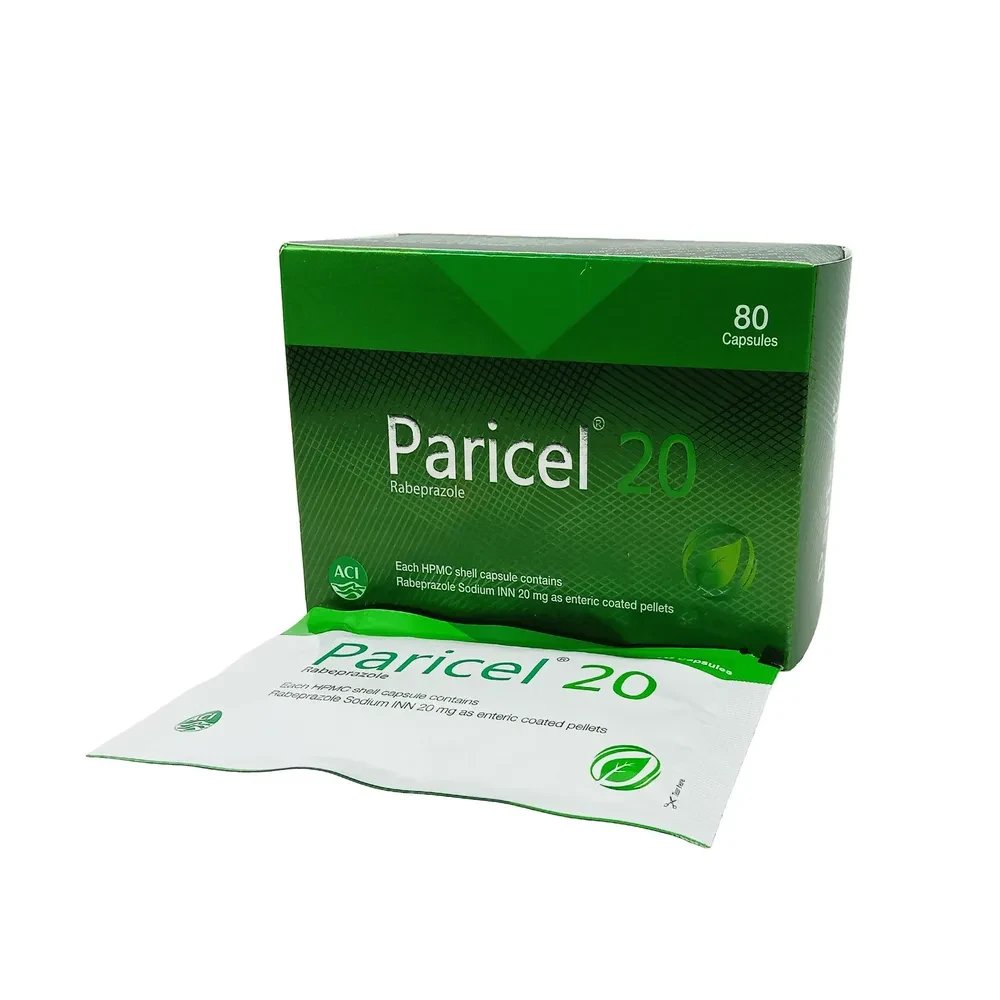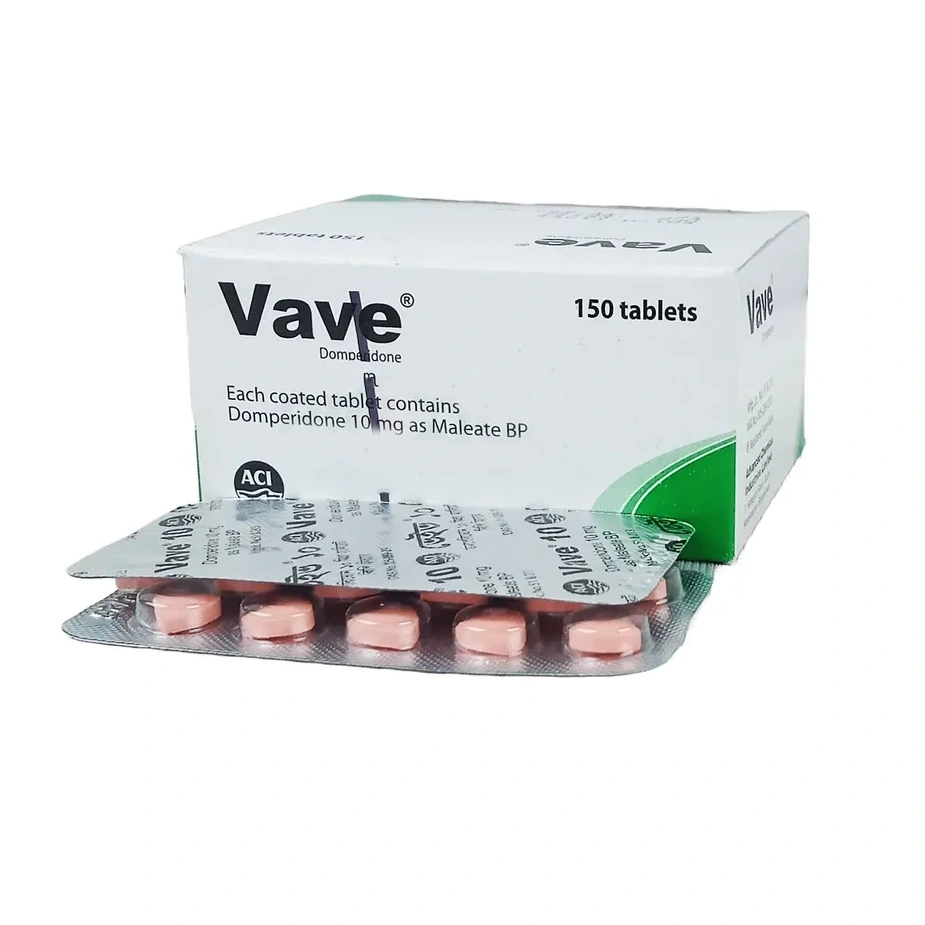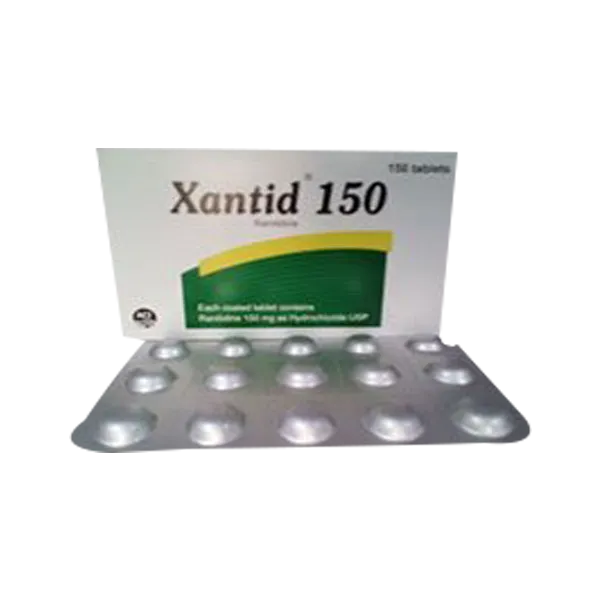Medicine Overview of Astac 150mg Tablet
Astac is a medicine that reduces the amount of excess acid make by your stomach. It is used to treat and prevent heartburn, indigestion and other symptoms caused by too much acid in the stomach. It is also used to treat and prevent stomach ulcers, reflux disease and some other rare conditions.
Astac is also commonly prescribed to prevent stomach ulcers and heartburn caused by the use of painkillers. It can be taken with or without food. How much you need, and how often you take it will depend on what you are being treated for. Follow the advice of your doctor while taking this medicine. This medicine should relieve indigestion and heartburn within a few hours. You may only need to take it for a short time when you have symptoms. If you are taking it to prevent ulcers and other conditions you may need to take it for longer. You should keep taking it regularly to prevent problems from happening in the future. You may be able to help improve your symptoms by eating smaller meals more often and avoiding spicy or fatty foods.
Most people do not experience any side effects while taking this medicine. However, the most common side effects include headache, constipation, feeling drowsy or tired and diarrhea. These side effects are usually mild and will go away when you stop taking this medicine or as you adjust to it. Consult your doctor if any of these side effects bother you or do not go away.
Before taking it, inform your doctor if you have any kidney or liver problems. Also tell your doctor what other medicines you are taking as some may affect, or be affected by, this medicine. This medicine is usually considered safe to take during pregnancy and breastfeeding if it has been prescribed by a doctor. Avoid drinking alcohol as this can increase the amount of acid in your stomach and make your symptoms worse.
- Gastroesophageal reflux disease (Acid reflux)
- Peptic ulcer disease
- Sleepiness
- Headache
- Tiredness
- Constipation
- Diarrhea
-
If you are also taking other medications to treat acidity (e.g., antacid), take them 2 hours before or after taking Astac.
-
Avoid taking soft drinks, citrus fruits like orange and lemon, which can irritate the stomach and increase acid secretion.
-
Inform your doctor if you do not feel better after taking Astac for 2 weeks as you may be suffering from some other problems.
-
Inform your doctor if you have ever been diagnosed with kidney disease as dose of your medicine may need to be adjusted.
-
Do not stop taking the medication without talking to your doctor.
May be taken with or without food.
IV Administration
Direct injection: 50 mg diluted to ?20 mL with compatible IV infusion fluid and given over ?5 minutes (4 mL/min)
Intermittent infusion: 50 mg added to ?100 mL of compatible IV solution and infused over 15-20 minutes
Continuous infusion: 150 mg diluted in 250 mL of IV fluid and infused at 6.25 mg/hr for 24 hours
Oral
Benign gastric and duodenal ulceration
Adult: Initially, 300 mg daily at bedtime or 150 mg bid for 4-8 wk; 300 mg bid for 4 wk may be used in duodenal ulcer to improved healing. Maintenance: 150 mg daily at bedtime. Max: 300 mg bid.
Hypersecretory conditions
Adult: Initially, 150 mg bid or tid and increased if needed. Max: 6 g daily.
Gastro-oesophageal reflux disease
Adult: 150 mg bid or 300 mg at bedtime for up to 8 wk, may increase to 150 mg 4 times daily for 12 wk in severe cases.
Dyspepsia
Adult: Chronic episodic: 150 mg bid for up to 6 wk. Short-term symptomatic relief: 75 mg repeated if necessary up to 4 doses daily. Max duration: 2 wk of continuous use at one time.
Erosive oesophagitis
Adult: 150 mg 4 times daily. Maintenance: 150 mg bid.
NSAID-associated ulceration
Adult: 150 mg bid or 300 mg at bedtime for 8-12 wk. For prevention of NSAID-associated ulceration: 150 mg bid.
Hepatic impairment: Dosage adjustment not necessary
Oral
Benign gastric and duodenal ulceration
Child: 1 mth to 16 yr 4-8 mg/kg daily in 2 divided doses. Max: 300 mg/day. Treatment duration: 4-8 wk. Maintenance: 2-4 mg/kg once daily. Max: 150 mg/day.
Gastro-oesophageal reflux disease
Child: 1 mth to 16 yr 5-10 mg/kg daily in 2 divided doses. Max: 300 mg/day.
Erosive oesophagitis
Child: 1 mth to 16 yr 5-10 mg/kg daily in 2 divided doses. Max: 600 mg/day.
Oral:
CrCl Dosage
<50 150 mg daily at bedtime, adjust dose cautiously if necessary.Parenteral:
Individual doses may be reduced to 25 mg.
Possibility of malignancy should be excluded prior to therapy as the drug may mask symptoms and delay diagnosis of gastric malignancy. Patients w/ difficulty in swallowing. Renal and hepatic impairment. Pregnancy and lactation.
Lactation: Drug crosses into breast milk; discontinue drug, use caution
1-10%
Headache (3%)
<1%
Abdominal pain,Agitation,Alopecia,Confusion,Constipation,Diarrhea,Dizziness,Hypersensitivity reaction,Nausea,Vomiting
Frequency Not Defined
Anemia,Necrotizing enterocolitis in fetus or newborn,Pancreatitis (rare),Thrombocytopenia (rare),Pancytopenia (rare),Agranulocytosis (rare),Acquired immune hemolytic anemia (rare),Arthralgia (rare),Myalgia (rare)
Potentially Fatal: Anaphylaxis, hypersensitivity reactions.
















